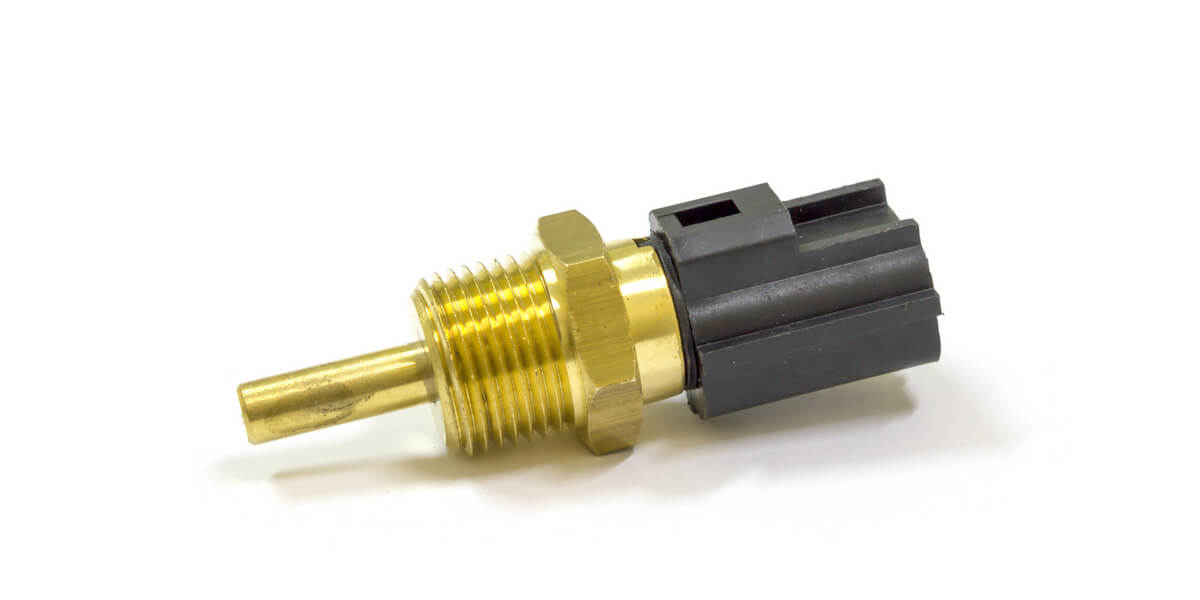
Did you know that car sensors can save your life from possible fatal breakdowns and accidents?
Car sensors are vital for the better performance of a car engine. Every vehicles these days have several sensors that make it possible for the owner to know if anything isn't working correctly in the vehicle. From the late 80s and early 90s, automobile companies started introducing more and more sensors for various reasons.
But before getting into more details about these sensors, let us describe what these sensors and what is their primary objective are.
The latest cars in the market come with several different types of sensors, each having a specific role to perform. Now that we have an idea of what these car sensors are, let's see how these sensors actually work.
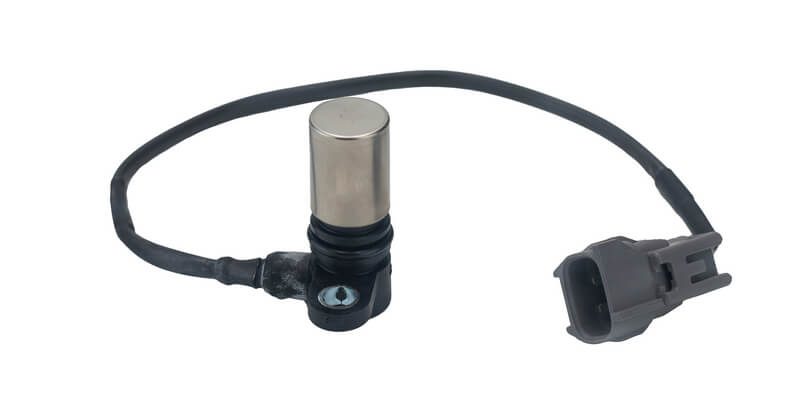 Crankshaft Position (CKP) sensor
Crankshaft Position (CKP) sensorHow Do Car Sensors Work?
The latest cars are now even equipped with smart sensors that have the role of monitoring several other sensors within your vehicle. These sensors make sure that the driver is not continuously notified about the intricate details regarding sensors.
The process used to make this possible is known as multiplexing. In multiplexing, the wires in your car are consolidated by several microprocessors. The objective of multiplexing is to make sure that the wiring system within your car works properly and doesn't get out of control.
As an example, your car's AC system has different sensors taken care of by a single module known as the AC control module. This module has the role of reading the data from within and outside your car and use that information to adjust the AC system as needed.
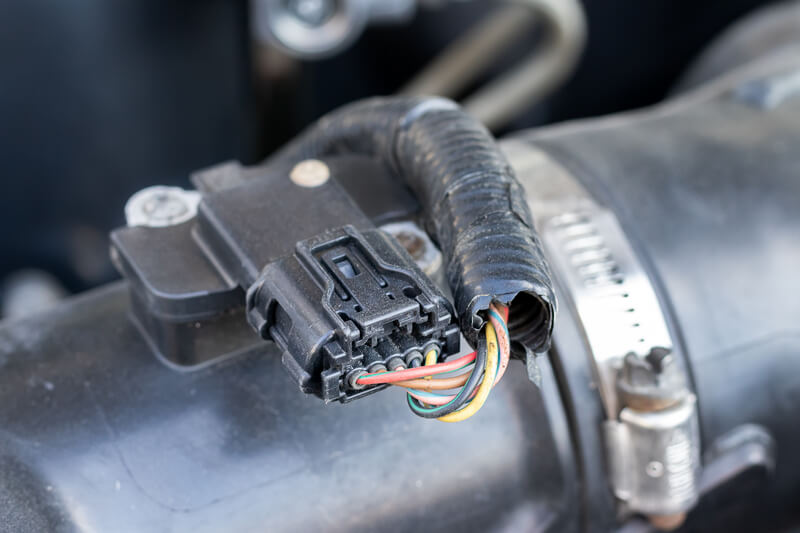 Mass Air Flow sensor
Mass Air Flow sensorHow Many Sensors Does A Car Have?
The exact number of sensors within a car depends upon its make and model. The latest vehicles are now equipped with several new sensors that weren't present in the old ones. Electric and self-driving vehicles, on the other hand, are equipped with specific sensors that are not available in regular cars.
Most Common Sensors in Conventional Vehicles
As mentioned before, every car has several different sensors ensuring excellent performance.
Conventional vehicles have specific sensors that play an essential role in making sure that the car's performance is efficient. It's important to mention that this is not an exhaustive list. Modern vehicles use so many sensors of different types, and some are specific to the car manufacturer.
Oxygen Sensor
One of the essential sensors in every car is the oxygen sensor. Every vehicle needs oxygen to work correctly.
Oxygen sensors determine the air/fuel ratio of the engine to adjust the injection system.
If this sensor doesn't work properly or fails, then your car will show poor mileage due to the consumption of more fuel. In the worst-case scenario, your engine could start to jerk or become flooded.
Mass Airflow Sensor
A mass airflow sensor works alongside the oxygen sensor and calculates the amount of air entering the engine. The data it sends to the ECU is then used to adjust the timing of the fuel injectors.
A faulty MAF might cause misfires, and the engine might die.
Coolant Temperature Sensor
The coolant temperature sensor checks the temperature of the engine's coolant and make sure it stays between the threshold to start the radiator fan when needed
When this sensor fails, the engine may overheat.
Fuel Temperature Sensor
Just as the coolant temperature sensor, the fuel temperature sensor checks the temperature of the fuel inside your car. This sensor sends information about fuel temperature to the engine computer to adjust the air/fuel ratio.
Voltage Sensor
The voltage sensor's role is to monitor the voltage in your vehicle's electrical system. It also checks that the charging system is doing its job and may increase and decrease in the engine's rpm when needed.
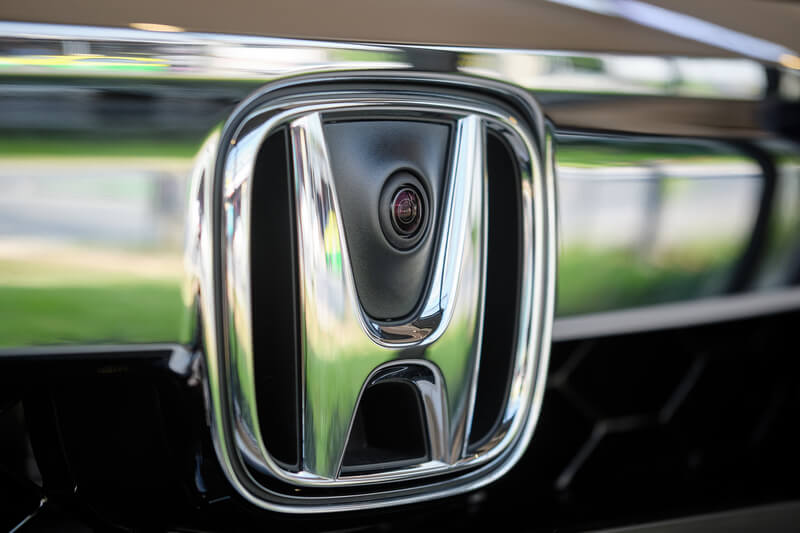
Self-Driving Car Sensors
The sensors described above are usually present in all cars. But if we talk about self-driving vehicles, then these have even more sensors. To be able to drive by itself, a self-driving vehicle needs a wide array of cameras and lasers to know where it needs to steer and when it has to brake.
Camera Sensors
These sensors work like human eyes while the vehicle is moving on the road, interpreting the objects around and sending data to the central computer. Self-driving vehicles come with camera sensors at every angle, which makes them capable of maintaining a complete view around the car.
Radar Sensors
Radar sensors allow autonomous cars to "sense" the objects around them by sending out radio waves. These radio waves detect objects and obtain information regarding their distance and relative speed in real-time. Radar sensors are especially useful in adverse weather conditions.
Lidar Sensors
Lidar sensors work along with camera and radar sensors to get an even better view of the car's surroundings. These advanced sensors allow detailed mapping of the surroundings by creating 3D images of detected objects.
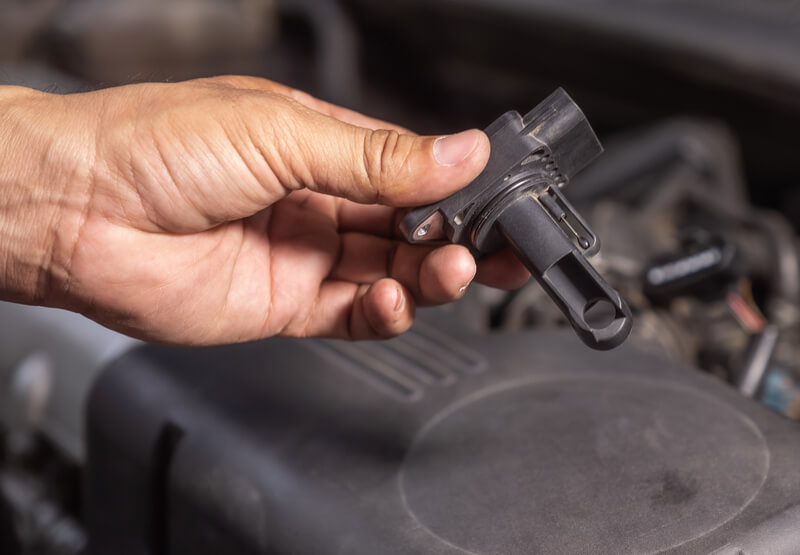 Intake air temperature (IAT) sensor
Intake air temperature (IAT) sensorLast Words
Sensors are vital for the good performance of your vehicle since their job is to make sure that every function in your vehicle is working efficiently. And with the latest technology, car manufacturers add more sensors every year to optimize their vehicle performance as much as possible.
Every sensor has a specific role, and if a sensor doesn't work properly, then you might find inevitable glitches in the performance of your car. However, since there's so many sensors in a vehicle and each of them all works differently, the easiest way to troubleshoot specific sensors for problems is to look into your car's repair manual. You'll find particular troubleshooting procedures for every sensor in your vehicle.
Good luck!
